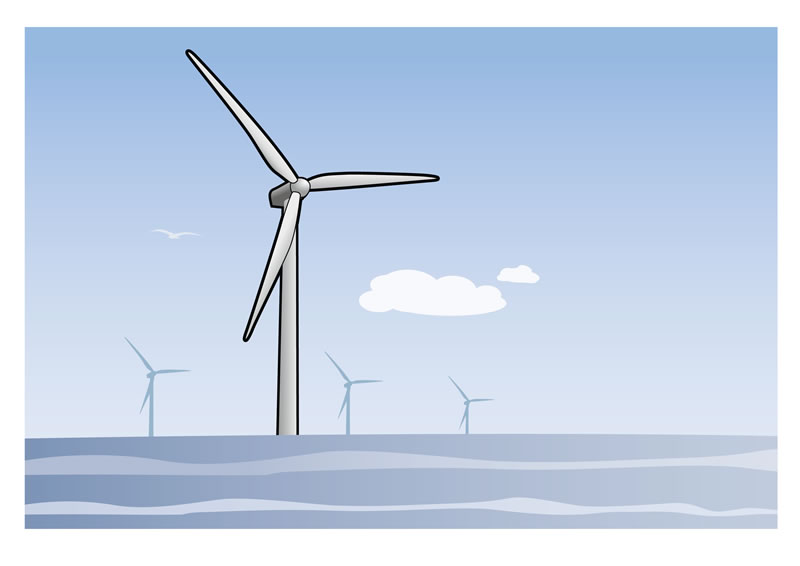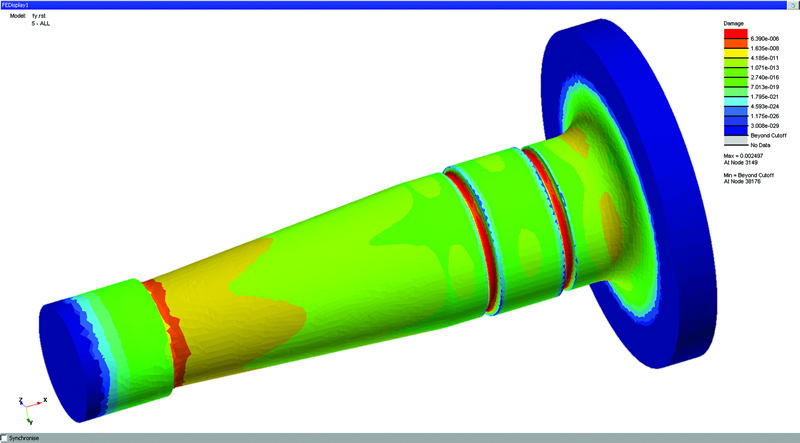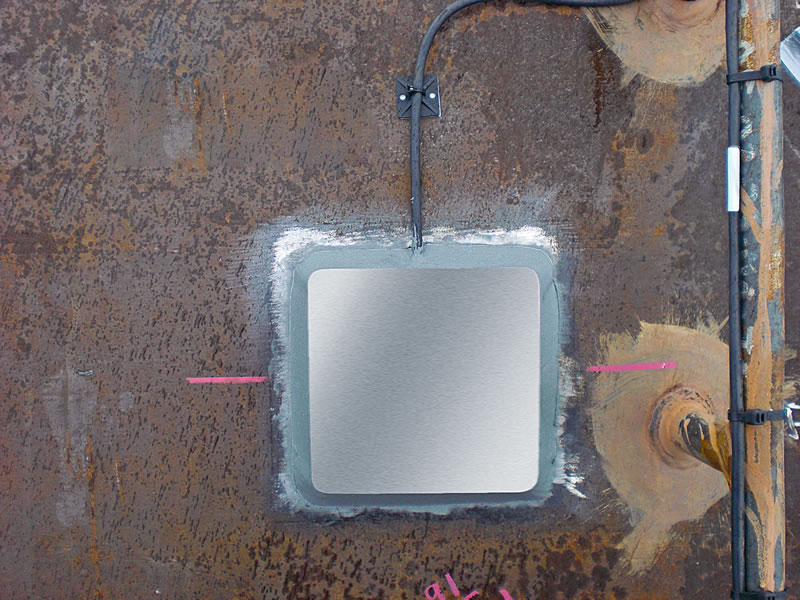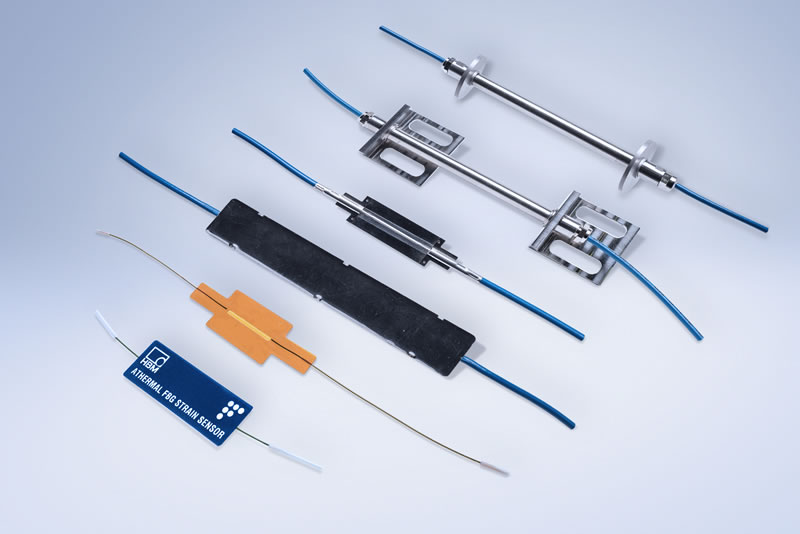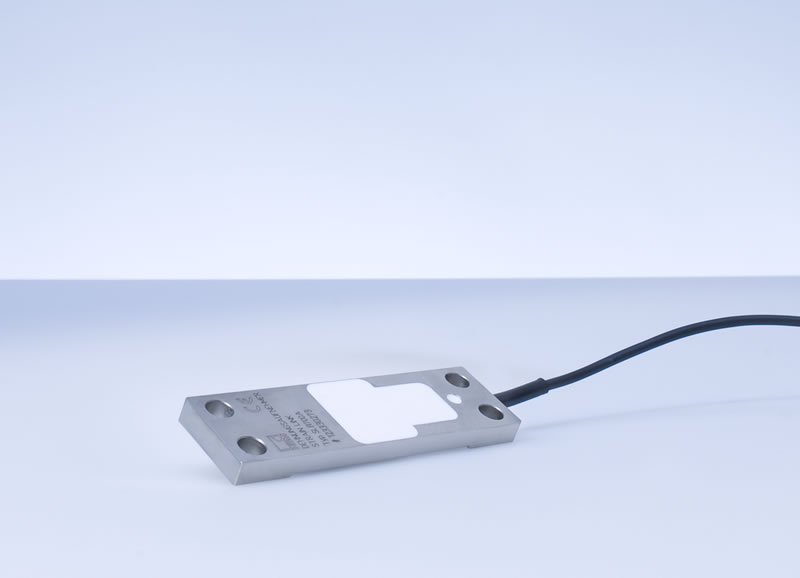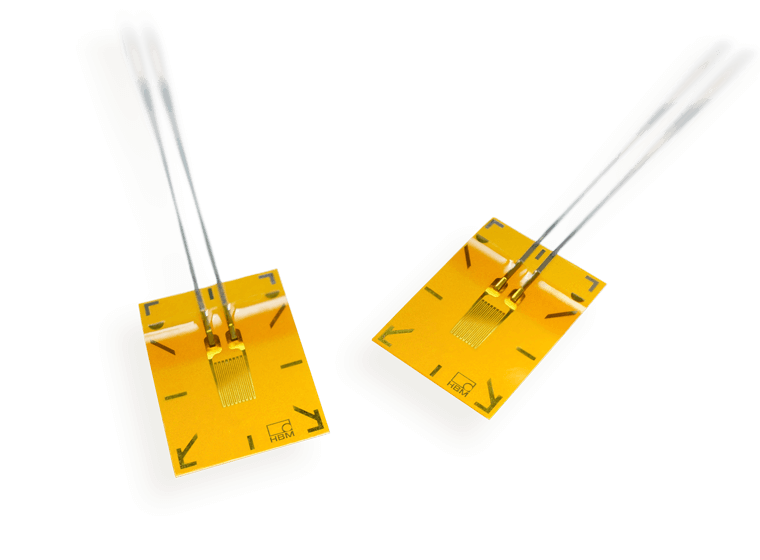Holistic Power Plant Management
With growing economic pressure on manufacturers and operators of wind power plants, structural health monitoring systems, etc. for measuring loads on blades, nacelles, towers and foundations have almost become the standard. The trend is clearly towards holistic systems for monitoring the plant as a whole. Hybrid measurement technology systems present an interesting new option for users here: they combine the best of “optical” and “electrical” measurement technology.
With installed power of almost 450 Gigawatts worldwide, wind power is no longer in its infancy. And although wind power has been used as a power source for thousands of years, the current form of this power generation is still young – and there are many as yet unanswered questions about its technological and commercial use. This also includes the question as to the possible service life of such a plant because so much empirical data is still lacking.
(Not only) in the offshore field are wind power plants exposed to strong physical forces, torsional moments and other influences. To be able to get the best possible economic benefit from a wind power plant, these circumstances inevitably raise questions for operators, investors and developers of wind plants:
- Is there a way of estimating the service life of a wind power plant?
- Are there means of controlling spare parts requirements as optimally as possible to reduce downtimes and maximise output?
- Are there efficient ways of ensuring the operators are always informed of the current condition of their wind power plant?
Modern measurement technology with structural health monitoring systems can help to obtain much better and more meaningful data to answer these questions than has ever been possible before.
Although structural health monitoring systems cannot predict the future, they can make it “measurable” and “predictable” to a certain extent.
What exactly must be considered when installing structural health monitoring systems (SHM) in wind power plants? At this point, we could go into great length about technologies and possible products. Actually this should be the second question when thinking about installing such a system. A clear consideration of the objective is more important than all other points: Can the structural health monitoring system really help me to obtain relevant data for the optimum economic use of the wind power plant?
